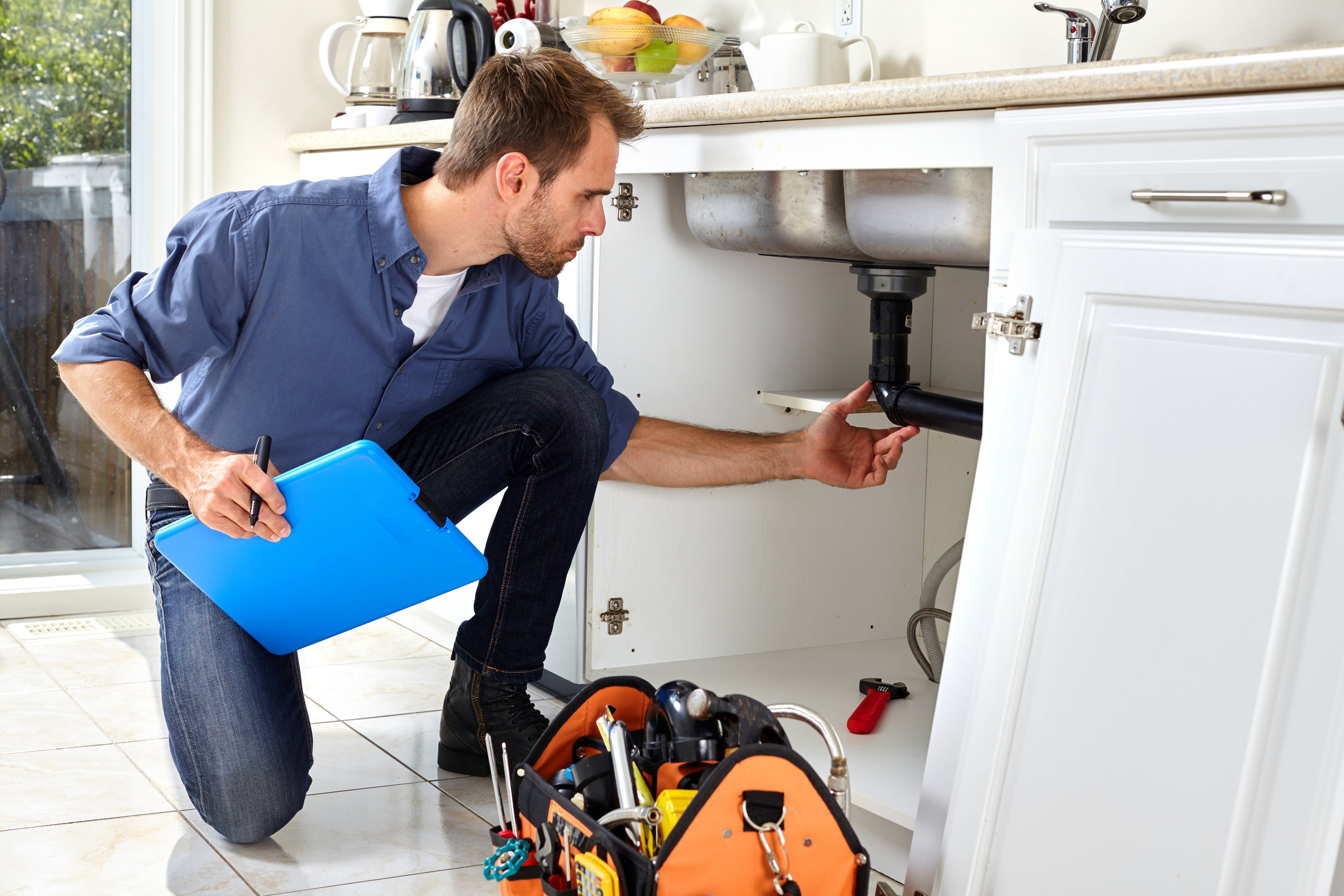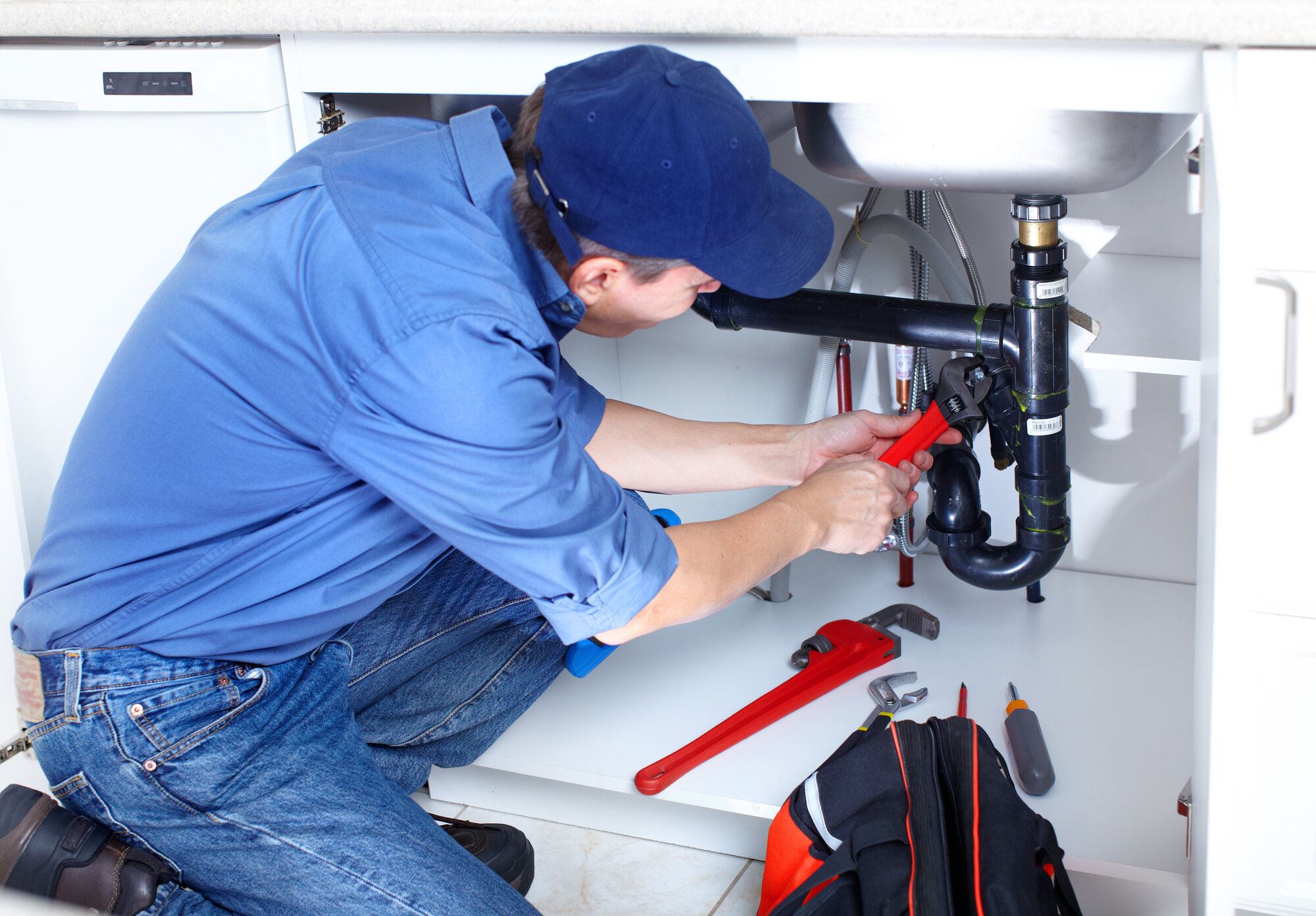Affordable Plumbing Services Alabaster AL for Every Budget plan
A Step-by-Step Guide to Efficient Hot Water Heater Setup for Ideal Performance
Beginning on the job of setting up a water heater is a venture that requires accuracy and a systematic technique for achieving ideal performance. As you continue, the intricacies of attaching water supply lines and setting up dependable electric or gas connections wait for, promising understandings right into guaranteeing performance and dependability.
Picking the Right Water Heating Unit

Following, think about the dimension and ability of the hot water heater. It's crucial to analyze your home's warm water demands, which can differ based upon the number of residents and their use patterns. A device that's also small may cause not enough warm water, while an extra-large model may result in unnecessary power consumption.
Effectiveness scores likewise play a crucial duty in option. Look for hot water heater with high Energy Factor (EF) ratings, indicating remarkable performance and minimized energy usage. Tankless designs, though commonly extra pricey ahead of time, deal considerable power cost savings in time because of their on-demand heating abilities.
Preparing the Installation Area
Before installing a new hot water heater, precise preparation of the installation location is essential. This guarantees a smooth setup process and helps avoid future issues (Plumbing Alabaster AL). Begin by choosing a suitable location that adheres to regional building regulations and security requirements. The location ought to be dry, well-ventilated, and obtainable for upkeep. It's vital to determine the area thoroughly to suit the water heating system's measurements, making sure appropriate clearance around the system for effective operation and maintenance.
Check the floor for stability, as the water heating unit will require a strong, degree surface area to operate successfully. If necessary, install a drip pan underneath the system to capture potential leaks or spills, stopping water damages to the surrounding area.
Additionally, make certain that all necessary tools and products are on hand before beginning the installment. This consists of things such as wrenches, screwdrivers, a degree, and any additional hardware required for safeguarding the heating system and mounting. A well-prepared installation area sets the foundation for an effective water heating unit setup, optimizing efficiency and safety and security.
Connecting Water Supply Lines
When connecting water supply lines to your freshly set up water heating unit, it is vital to guarantee that all links are leak-free and protected to maintain reliable operation and protect against water damages. Begin by identifying the hot and chilly supply of water lines. The cold water inlet is commonly marked with a blue label or a "C", while the warm water outlet is noted with a red label or an "H".
Use adaptable water heating unit adapters to assist in a much easier setup procedure. Before affixing the ports, put a plumber's tape around the threaded ends of the water heating unit's inlet and electrical outlet pipes.
As soon as connections are in location, gradually turn on the primary water supply valve. Examine each link for leakages by aesthetically really feeling and examining for moisture. Tighten links as necessary, and make sure the stress safety valve is properly set up, safeguarding against extreme pressure build-up.
Establishing Up Electric or Gas Connections
Effectively establishing the electric or gas connections for your hot water heater is an important step to make certain efficient and secure operation. For electrical water heaters, begin by confirming that the electrical circuit works with the heater's voltage and amperage needs. Guarantee the power supply is shut off at the circuit breaker to stop accidents. Attach the electrical cables to the heater following the supplier's circuitry representation. Usually, this includes connecting the ground cord to the environment-friendly terminal, and the staying wires to their corresponding terminals, safeguarding each with cable nuts.
For gas hot water heater, security is critical. Verify that the gas supply is off prior to proceeding. Attach the gas line to the hot water heater using a versatile gas connector, ensuring it is effectively threaded and sealed with pipeline joint compound or Teflon tape appropriate for gas links. Tighten the links with a wrench, making sure not to over-tighten (Drain Cleaning Alabaster AL).
Once connections are made, check for any kind of potential leaks. For gas lines, use a soapy water solution to the joints; bubbles indicate a leakage. For electric connections, confirm that all read this circuitry is secure and correctly protected, keeping compliance with regional electrical codes.
Examining and Adjusting for Efficiency
With the electric and gas links safely in location, the next step is assessing the operational efficiency of your water heating system. Begin by meticulously transforming on the water supply and making sure there are no leakages at any of the joints or go valves.
Following, execute a comprehensive inspection to ensure the home heating aspects or burner are working properly. For electrical heating units, use a multimeter to confirm if the aspects are attracting the proper existing. In gas models, observe the heater fire; it should be blue and stable, showing effective combustion.
Readjust the settings as essential to get rid of inefficiencies. Take into consideration executing insulation measures, such as including a hot water heater covering, to even more boost performance by minimizing warm loss. Additionally, inspect the anode rod's condition, as a shabby pole can decrease performance and result in container corrosion.
Final Thought
Efficient water heating system installation is important for making certain optimal performance and power financial savings. Firmly attaching water supply lines and carefully setting up electrical or gas links decrease possible issues.

Properly setting up the electric or gas links for your water heating system is check over here a vital action to make certain safe and effective operation. For electric water heaters, begin by confirming that the electric circuit is suitable with the heating system's voltage and amperage needs. Attach the gas line to the water heater using a flexible gas connector, ensuring it is correctly threaded and sealed with pipe joint compound or Teflon tape suitable for gas connections.